Condensation and Recovery Technology (CRT)
Condensation and Recovery Technology (CRT)
Working Principles of CRT
Substances have different saturated vapor pressures at different temperatures and pressures. Condensation begins when the vapor pressure of a substance reaches its corresponding saturated vapor pressure at a certain temperature, and this temperature is called the dew point temperature of the substance. Only when the system temperature is below the dew point temperature can the gaseous substance be condensed out of the gas phase. The condensation treatment is a method that uses the property that VOCs have different saturated vapor pressures at different temperatures and pressures to condense and separate organic pollutants in the vapor state by reducing the system temperature or increasing the system pressure. Specifically, the exhaust gas passes through the condenser to reduce its temperature, and the harmful substances in the exhaust gas will be condensed into liquid, which will be collected in the liquid storage tank at the bottom of the equipment, and the purified exhaust gas will be discharged through the exhaust pipe, so as to achieve the purpose of purifying the exhaust gas. Volatile organic compounds (VOCs) that are easily separated by condensation method usually have the feature of high boiling points and high concentrations, and secondary exhaust gas treatment is required because some VOCs still remain in the treated gas mixture. In addition to removing VOCs in the mixed gas, the condensation method can also separate the adsorbed and highly concentrated VOCs and obtain the organic matters with high recovery value.
Applicability: the condensation method is more suitable for VOCs gas mixtures with high concentration (concentration greater than 25g/m3), high boiling point, and VOCs volume fraction greater than 5%. When the concentration is too low (especially when the original concentration is less than 25mg/m3), it is generally not worth it because of its large energy consumption under low temperature and high pressure conditions and the high operation cost of the equipment. The purification rate of VOCs below the boiling point of 60 °C by condensation method is 80%~90%, while the purification effect of VOCs with medium and high volatility is not ideal.
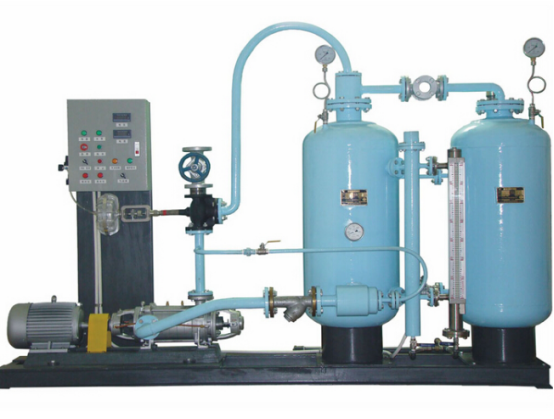
Advantages of CRT
1. Efficient recovery: volatile organic compounds in VOCs can be condensed into liquid substances through CRT( condensation and recovery technology), so as to achieve efficient recovery and purification.
2. Energy saving and emission reduction: the CRT for VOCs only needs to achieve recovery and purification by reducing the temperature, and does not need to consume additional energy, so it can achieve the purpose of energy conservation and emission reduction.
3. Simple equipment: the CRT equipment for VOCs is relatively simple, and does not require complex equipments and high cost, so it can reduce investment costs.
(Anti-icing) Dual-channel for Gap-free Defrosting
Although most of the water in the exhaust gas is removed in the surface cooling refrigeration system, it is inevitable that a certain amount of water will still be more or less (when the exhaust gas temperature drops to ~5°C, the saturated water content in the exhaust gas is about ~7g/m³) into the low-temperature condensation cabinet, in which it will freeze into frost and ice, and with the increase of working time, it will become more and more formed, and eventually will block the heat exchanger channel, so the ice needs to be eliminated regularly. The condensing unit of the exhaust gas recovery equipment is a dual channel in structure. When the pressure drop of one side of the air path reaches the set value, the system will automatically switch to another condensing and heat exchange system to work, and at the same time, the ice blocking channel enters the process of automatic defrosting and re-cooling, and the heat source of the defrosting system is mainly from the high-temperature refrigerant of the compressor, making full use of the energy of the refrigerant system to achieve the energy saving and consumption reduction purpose.
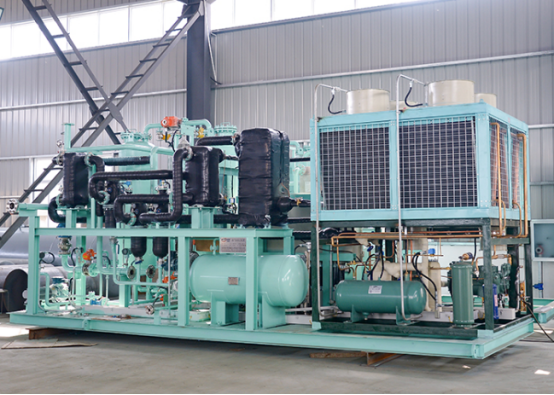
Scope of Application of CRT
The condensation method is mainly used for the recovery of VOC polluting gases with high boiling point and high concentration, and the applicable concentration range is >5% (volume).
1. Condensation recovery of benzene organic waste gas: toluene, xylene, benzene, ethylbenzene, styrene, chlorobenzene.
2. Condensation and recovery of ketone organic waste gas: acetone, butanone, cycloethyl ketone, heptanone.
3. Condensation and recovery of alcohol organic waste gas: methanol, ethanol, butanol, isopropanol, pentanol.
4. Ester organic waste gas condensation and recovery: methyl acetate, ethyl acetate, butyl acetate, coke water, ethyl propionate, ethyl butyrate, diethyl carbonate.
5. Condensation and recovery of alkane organic waste gas: n-hexane, methylpentane, n-heptane, n-octane, methylpentane, cyclopentane, cyclohexane, cyclohexene, turpentine, dichloromethane, dichloroethane, trichloroethane, trichloropropane, carbon tetrachloride, methyl bromide, propylene bromide, chlorobutane, pentane, heptane, hexane, white oil.
6. Condensation and recovery of olene organic waste gas: dichloroethylene, trichloroethylene, tetrachloroethylene
7. Condensation and recovery of ether organic waste gas: ether, propylene ether, petroleum ether.
8. Hydrocarbons: such as gasoline, crude oil, fuel oil, kerosene, diesel, heavy oil, mixed hydrocarbons, etc.;
9. Aromatics: benzene, toluene, xylene, styrene, naphtha, etc.
10. Others: DMF organic waste gas condensation and recovery: aldehydes, acetonitrile, propionitrile, pentonitrile, solvent oil, gasoline.
Applicable industries: coating, painting, filming, packaging, printing, photosensitive materials, petroleum, chemical, pharmaceutical, food, lithium battery, new materials and other industries.

Application of Key Areas
● Storage tanks and silos.
● Loading and unloading transfer area.
● Feeding area in production.
● Loading of various volatile chemicals, chemical storage and transportation, and recovery of various volatile VOCs gases generated by the chemical and pharmaceutical industries.
Our engineering team can walk you through the design process and help you choose the suitable system of condensation and recovery technology (CRT) that best fits your needs and at a price that will fit your budget. Please contact us for more information and obtain quotation concerning your request.

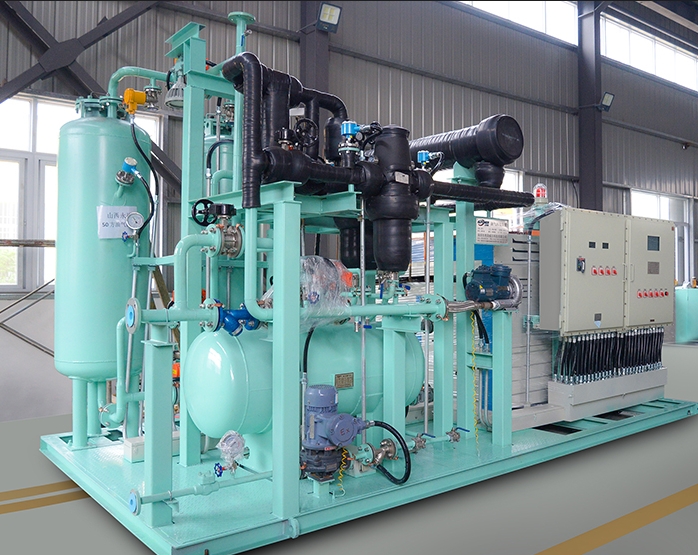

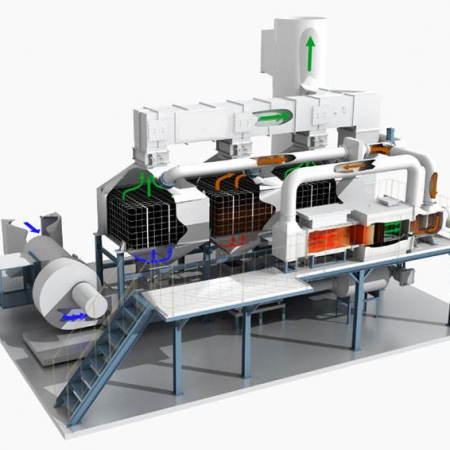
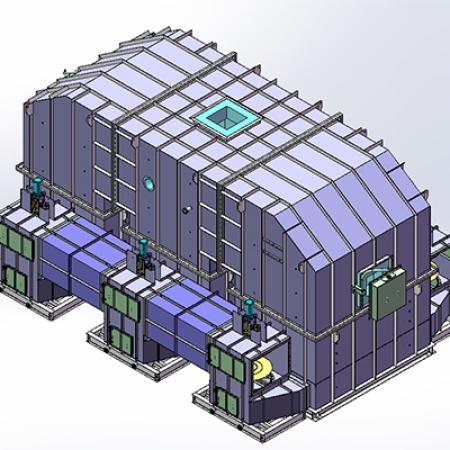



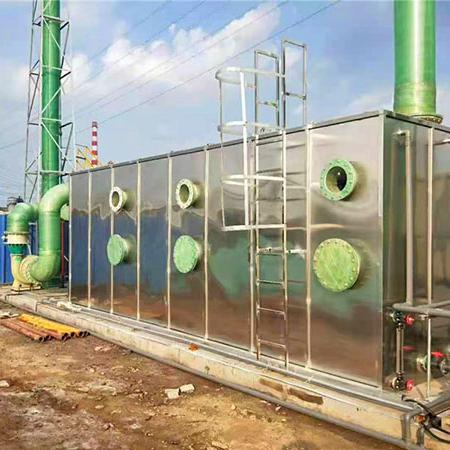
 jccms
jccms